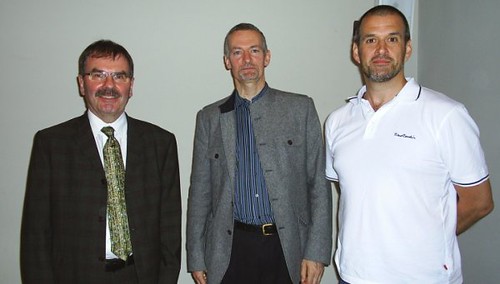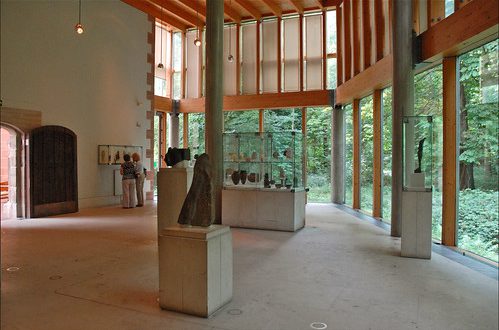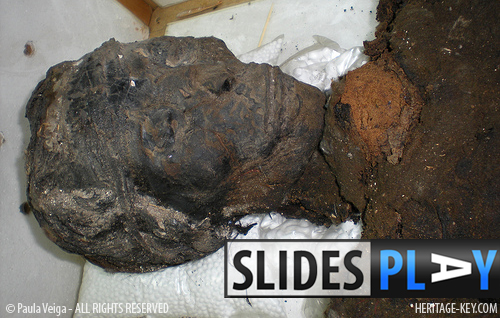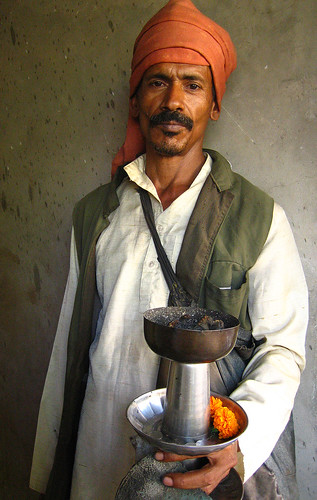 The ancient Egyptians were well aware of the properties of Frankincense, and used it to treat phlegm, asthma, throat and larynx infections that bleed, and for calming down vomiting. The inhalation of the melted stem relieves both bronchitis and laryngitis. But new research by immunologist Mahmoud Suhail suggests that it may contain properties that could cure cancer. Could the knowledge of the ancient Egyptians be scoured to revolutionise cancer treatment today?
The ancient Egyptians were well aware of the properties of Frankincense, and used it to treat phlegm, asthma, throat and larynx infections that bleed, and for calming down vomiting. The inhalation of the melted stem relieves both bronchitis and laryngitis. But new research by immunologist Mahmoud Suhail suggests that it may contain properties that could cure cancer. Could the knowledge of the ancient Egyptians be scoured to revolutionise cancer treatment today?
Frankincense is grown in green valleys, on the other side of the Dhofar Mountains that catch India’s summer monsoons, making the area a paradise in the Arabian Peninsula. Boswellia sacra was produced there as far back as 7000 BCE, locals say. Almost as long ago, the ancient Egyptians began importing the substance. The journey from what is now Oman to ancient Egypt must have been made millions of times by ancient caravanserai.
The Egyptians had many uses for Frankinsence. The kohl, which the Egyptians painted their around their eyes, and which was also effective as a eyetreatment, is made of melted frankincense (the charred remains of the burnt frankincense was ground into a black powder), and other resins.They used it as a depilation agent, blended it with other herbs into a paste to perfume the hands. In colder weather Egyptians warmed their bedrooms with a fire infused with frankincense and also aloe wood. In fact the word ‘incense’ originally means the aroma given by the smoke of any odourific substance when burned.
Evidence of Frankincense
On the Ebers Papyrus several prescriptions use resins as ingredients for treatments. On the Treatise of Tumours section of my work Oncology and Infectious Diseases in ancient Egypt: The Ebers Papyrus? Treatise on Tumours 857-877 and the cases found in ancient Egyptian human material, incense is prescribed in prescription number 861, and in the section about liver diseases, in prescriptions 477, 478, 479, 480.
The use of frankincense is reported in the embalming ritual is described in two Papyri, dating from the Greco-Roman period: Papyrus Bulaq 3, housed in Cairo, and Papyrus 5158, in the Louvre. The ancient Egyptians used incense oil along with fragranced resins. Boswellia africana and arabica was used in the embalmment process, as was the Sudanese Boswellia papyrifera. The resin worked as glue, to help the linen bandages adhere.
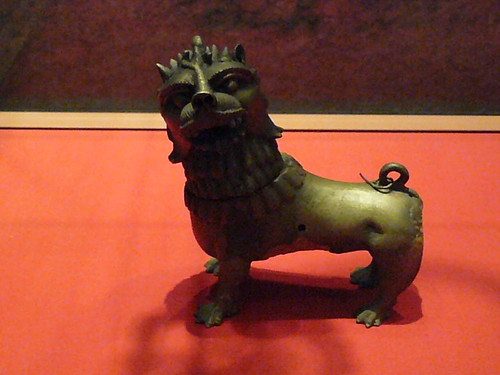 In Isis and Osiris, Plutarch comments that Egyptian priests burn incense three times a day: incense (pure) at dawn, myrrh at noon, and kyphi at sunset. Kyphi was a compound of incense used in ancient Egypt for religious and medical purposes. The mixture was rolled into balls and burnt in hot coal to exhale its perfume.
In Isis and Osiris, Plutarch comments that Egyptian priests burn incense three times a day: incense (pure) at dawn, myrrh at noon, and kyphi at sunset. Kyphi was a compound of incense used in ancient Egypt for religious and medical purposes. The mixture was rolled into balls and burnt in hot coal to exhale its perfume.
The Harris Papyrus I has a record of a donation and delivery of plants and resins for its manufacture in the temples from Ramesses III. He describes how the 16 ingredients of kyphi were mixedtogether whilst sacred writings were chanted.
Plutarch adds that the mixture was used as a potion. All kyphi prescriptions mention wine, honey and raisins. Other ingredients include cinnamon (Cinnamomum zeylanicum), cassia (Cinnamomum cassia), aromatic rhizomes from cypress (Cupressus sempervirens), cedar, juniper berries, incense resins, myrrh, benzoin resin, extracted mainly from Styrax benzoides and Styrax benzoin (which would have been imported to Egypt from Asia), and mastic gum.
Searching for the Magic Ingredient
Now, immunologist Mahmoud Suhail from Iraq is teaming up with more scientists in Oklahoma to find out how some agent within frankincense stops cancer spreading, and which induces cancerous cells to close themselves down.
“Cancer starts when the DNA code within the cell’s nucleus becomes corrupted,” he says in an interview with the BBC. “It seems frankincense has a re-set function. It can tell the cell what the right DNA code should be”.
In his laboratory in Salalah, he extracts separate oils from locally produced frankincense, then he separates the oil into its constituent agents, such as Boswellic acid. In the BBC interview, he says:
“There are 17 active agents in frankincense essential oil. We are using a process of elimination. We have cancer sufferers – for example, a horse in South Africa – and we are giving them tiny doses of each agent until we find the one which works.”
What was used yesterday with so many applications related to the general well-being of people can now be researched as a probable ingredient for a cure for cancerigenous cells in the people of today and tomorrow.



